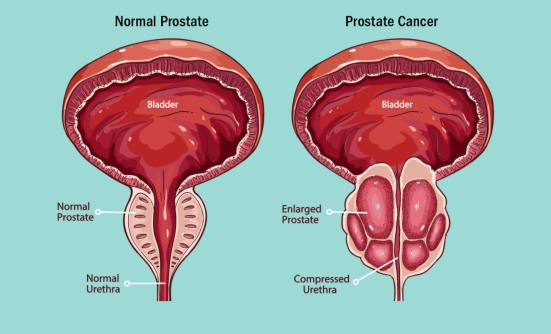Most patients with chronic lymphocytic leukemia (CLL) are diagnosed at an early stage. These patients are monitored with blood tests and physical examinations, and do not need drug treatment.1 However, this “watch and wait” strategy can be a double-edged sword. Although treatment guidelines for CLL recommend this approach for those with early-stage disease, many patients feel anxious about delaying treatment.2 Patients with CLL often ask their doctors when active treatment should begin.
A new scoring system, called International Prognostic Score-Early (IPS-E), is making it possible for doctors to predict when patients with CLL will need to begin treatment.1 Researchers hope the IPS-E will be used to give patients a better sense of how they might need to adjust their work, travel, and other activities to plan for treatment. The IPS-E may also help doctors determine how frequently they should monitor each patient.3
To create the IPS-E scoring system, researchers used data from more than 4900 patients with early-stage CLL who had no symptoms of the disease. The first step was to review data from 333 of these patients whose CLL was staged using an older scoring system, called the Rai system. In this first analysis, researchers learned that the time to first treatment for patients with early-stage CLL was affected by 3 features of their disease:
- Presence of an unmutated IGHV gene
- Patient’s absolute lymphocyte count
- Presence of enlarged lymph nodes1,3
Each feature is given 1 point in the IPS-E. Patients with none of these features have a score of “0” and are considered “low risk”—their chance of needing treatment for CLL in 5 years is low. Patients who have 1 of these 3 features have an IPS-E score of “1” and are considered “intermediate risk.” Patients with 2 or 3 of these disease features (have an IPS-E score of “2” or “3”) and are “high risk.”1
To validate these findings, the researchers performed a second analysis using data from the remaining patients in the CLL database whose disease was staged using the Binet system. In this second step, researchers learned that 30% of the patients with early-stage CLL were low risk, 35% were intermediate risk, and 35% were high risk. The scores assigned by the IPS-E correlated with actual time to first treatment results for most patients: 8.4% of patients with a low-risk IPS-E score required treatment within 5 years, compared with 28.4% in the intermediate-risk IPS-E group, who required treatment within 5 years, and 61.2% in the high-risk IPS-E group, who required treatment within 5 years.3
“While some patients [with CLL] display a milder disease never requiring therapy, others present [with] active disease shortly after diagnosis and require intervention,” said lead study investigator Davide Rossi, MD, Deputy Head, Division of Hematology, and Head of Laboratory of Experimental Hematology, Institute of Oncology Research, Bellinzona, Switzerland. “The IPS-E is a simple and robust prognostic tool based on routine clinical and laboratory variables. The simplicity of IPS-E should facilitate its translation to the clinic.”2
The 3 tests that cancer specialists use to establish a patient’s IPS-E score are widely available. Two of them—lymphocyte count and the presence of enlarged lymph nodes—are currently used for all patients diagnosed with CLL. The test to determine whether a patient has an unmutated IGHV gene is typically performed when a patient is preparing to start treatment. Now, with the availability of the IPS-E, doctors should perform the IGHV test at the time of CLL diagnosis so that they can use this information in the new scoring system. The IGHV test does not need to be repeated later if the patient begins treatment.2
References
- Condoluci A, Terzi di Bergamo L, Langerbeins P, et al. International Prognostic Score for asymptomatic early-stage chronic lymphocytic leukemia. Blood. April 8, 2020. Epub ahead of print.
- MedXpress. New prognostic tool helps leukemia patients plan for cancer treatment. April 8, 2020. https://medicalxpress.com/news/2020-04-prognostic-tool-leukemia-patients-cancer.html. Accessed May 3, 2020.
- The ASCO Post. New prognostic score for asymptomatic patients with early-stage CLL. Updated April 30. 2020. www.ascopost.com/news/april-2020/new-prognostic-score-for-asymptomatic-patients-with-early-stage-cll/. Accessed May 3, 2020.














